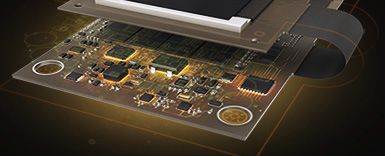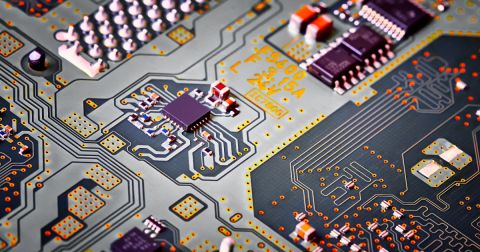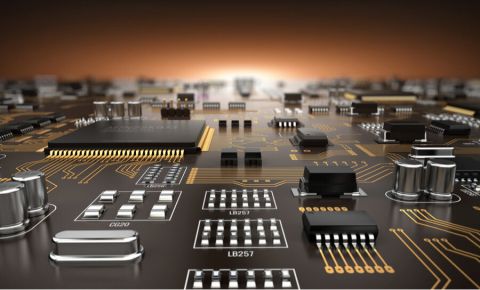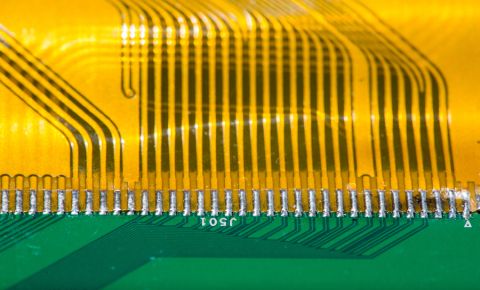Capturing Key Design Details in PCB Documentation
One of the most important yet often avoided aspects of documenting a design is the formal design document. Too often we finish the design, generate fabrication, assembly, and validation documents then consider the job done. Properly capturing the system specification, design intent, design process and traceability back to the specification is a time-consuming and arduous yet very necessary task. The design document must capture all aspects of the design of a system to ensure that all relevant design information is easily accessible. But how do you capture design details beyond the fabrication and assembly drawings?
Represent All Design Aspects in the Design Document
The design document must begin in the planning stages of any design and starts with the specification. If the design targeted by the design document is a subsystem of a larger system, the overall system specification must be presented and then those portions of the system specification which flow down into the subsystem must be addressed. Throughout the design process, the design document becomes a living document, growing with the design process as each subcircuit is designed and implemented.
The specification stage of design is an area often missed or avoided due to time and budgetary constraints. Therefore, time and resources must be allocated up front to address the proper development of the specification. If you work in a startup environment, you’ve probably been confronted with design projects with vague or nonexistent specifications and understand that this approach is frot with peril. Designing to non-existent or moving specification results in the never ending development cycle. The specification is there to tell you what you are to accomplish and verify when the design is complete. Too often a mentality of “we can make it better” persists and the project ends up over budget and behind schedule, key reasons for not dealing with the specification up front in the first place.
Often the specification of the device being addressed in the design document will be a subsystem of a much larger system. The overall system specification is presented, and then portions of the system specification which apply to the device at hand are presented in a logical and orderly manner.
The specification should include (but not be limited to):
-
Function (what is the subsystem intended to do)
-
Operational environment (temperature, humidity, etc.)
-
Interfaces to other subsystems
-
Power budget
-
Available supply voltages
-
Mechanical constraints size/weight/shape
-
Shock and vibration requirements
-
Thermal (available cooling, radiated thermal emission constraints, etc.)
-
EMI radiated, conducted and susceptibility
-
Reliability.
Beyond the specification stage, there are other areas where relevant design information must be captured in order to determine when the design phase is complete. While a formal design document takes time, it’s essential to capture all design aspects beyond the scope of the schematic, fabrication and assembly drawings.
Want to know what else should be included in your formal design document? Download the free white paper The Design Document Captures the Design today.












 Back
Back